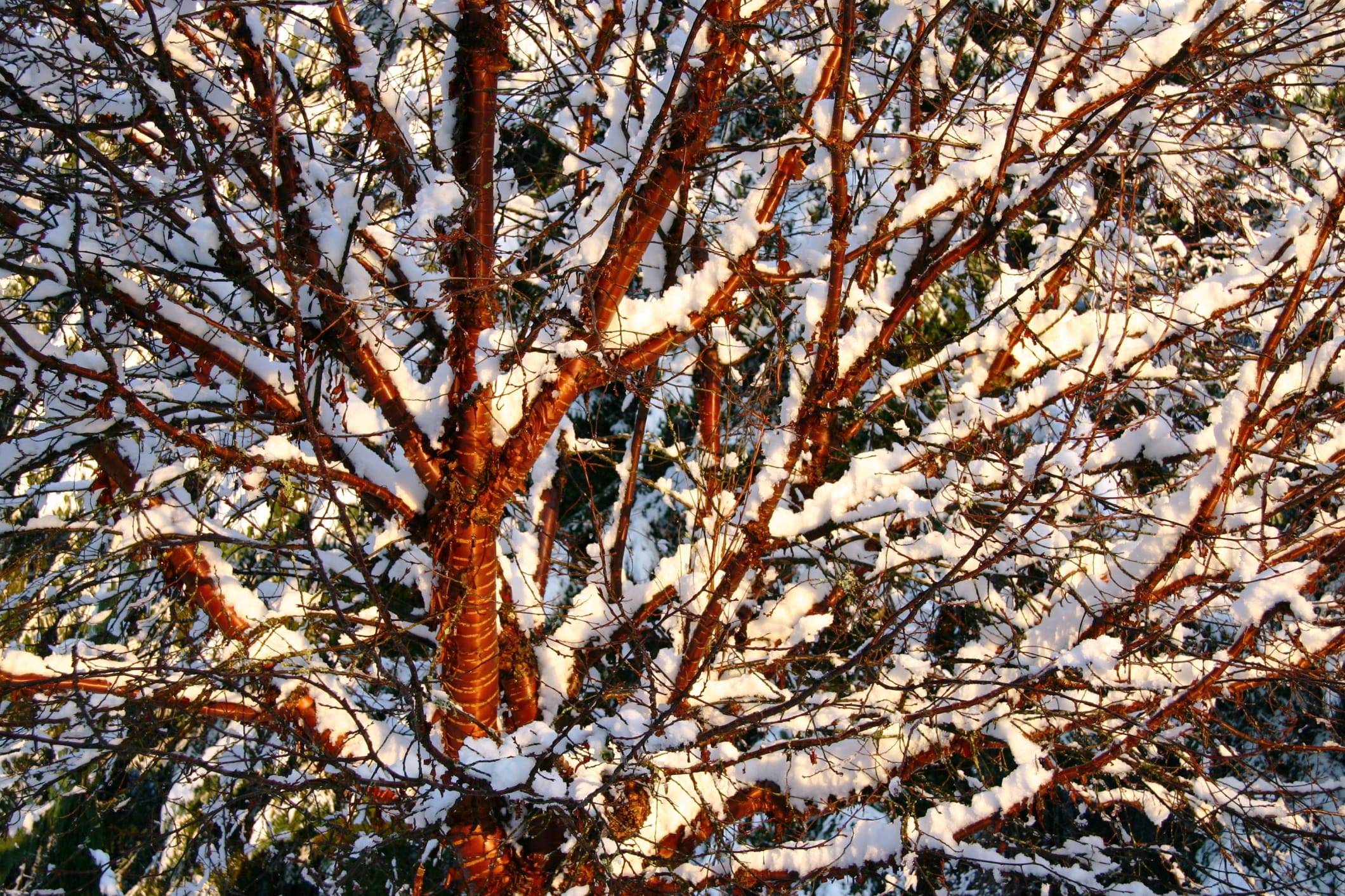Now that we have had a bout of real winter weather, our gardens should remain in a somewhat suspended state of dormancy for the rest of the winter season. I won’t call it a permanent state of dormancy because experience in the Northwest garden has shown that dormancy in our part of the world is fickle, coming and going with the rise and fall of our temperate climate. We share this phenomenon with Britain and much of Western Europe, parts of the northeast United States, New Zealand, eastern Asia and southern Chile.
The hallmark of temperate zones is a relatively small fluctuation in temperature between seasons, with rain that generally falls year-round. However, some of these areas experience quite different types of weather depending on their position relative to the sea and winds. For example, although the northeast of North America is at the same latitude as western and northern Europe, it lacks the warming influence of the “North Atlantic Drift.” As a consequence, much of the northeastern seaboard of the U.S. is icebound during winter months.
All this makes me happy we live where we do. Sure, the shorter days of winter mean less time in the day to spend outside. It’s especially difficult when those days are colder and wetter than we might like. On these days, it takes me longer to get out in it. Once outside, it’s tougher to sustain the effort to get any garden work done. I know that once I get started, I can always find something to do. The range of plants we can grow is directly related to the generally mild conditions and, as a consequence, there is a lot we can do outside in the winter garden.
Add layer of mulch
Since we might have periods of warming in the temperate winter garden, a layer of mulch should be applied when the garden is in the midst of a cold spell. By adding the mulch now, you are helping the plants remain in a state of dormancy for the duration of the winter. One of the reasons we lose plants in winter is that they come out of dormancy too early and are subsequently killed by a late season frost. The best way to insulate plant roots from frost is to cover the soil with an overcoat of compost. Even so-called hardy plants, such as hardy fuchsias and roses, benefit from an extra layer of protection around the crown of the plant.



